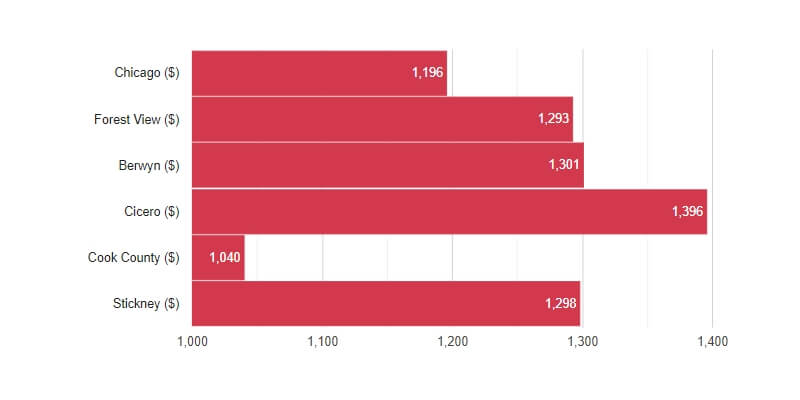
If you're looking to purchase pet insurance, it's important that you understand what's covered. Most plans focus on accidents and unexpected illnesses. They don't cover pre-existing or preventative care. In order to get the most comprehensive coverage, you should purchase a plan with wellness benefits.
Comprehensive coverage
Comprehensive pet insurance coverage covers all medical expenses. All medications, including prescription medicine, eye and ear drops, as well antibiotics, are covered. Pre-existing conditions may also be covered by some policies. It is important to know how much your insurance policy covers and which options would be best for your pet.
Comprehensive pet insurance covers all types of illnesses, from hereditary to chronic. This insurance also covers ongoing care as well as diagnostic and treatment tests. It covers dental care up to $1,000/year and also covers genetic disorders and other illnesses. Additional, coverage for pets that are already covered under insurance continues even after they have been renewed.

Exclusion of pre-existing conditions
It is important to understand what coverage is available for your dog when you purchase pet insurance. Some conditions that are pre-existing may be excluded. These are chronic and degenerative conditions. A dog with chronic diarrhea might be excluded for 12 months.
Many pet insurance policies do NOT cover pre-existing condition, but there are exceptions. Certain plans will cover conditions and illnesses that are "pre-existing" but not all. Many companies also cover genetic or inheritable conditions. These policies will be unique to the insurer.
Co-insurance excess
Your pet's age, health status and other factors may require you to pay an extra amount as part of your pet insurance policy. Some insurers require it, while others do not. Be sure to read your policy documents for any co-insurance clauses. It might be cheaper to purchase pet insurance policies that do not require compulsory coinsurance.
When comparing policies make sure that you calculate the excess for each condition. Some policies have an excess amount that is fixed, while others can be adjusted. You should also consider where you live, and how old your pet.

Annual deductible
An annual deductible pet insurance plan is great for budgeting. You only need to pay the deductible once per policy year. This means you can take your pet to the vet as many times as you need to. You don't have pay high vet bills each time your pet goes to the doctor.
For pet insurance, you can also opt for a per incident deductible. This deductible does not apply if you take your pet to the vet. Each new incident counts separately. The per-incident or incident deductibles are reset with each new incident, which is a difference from annual deductibles. The per-incident cost deductible is more expensive than the annual one. This means that you might have to pay more if your pet has multiple injuries or illnesses.